Table of Contents
| Seasoning | Purpose | Priority Level |
|---|---|---|
| Salt (Kosher) | Flavor enhancer, texture modifier | ★★★★★ Must-have |
| Freshly Ground Black Pepper | Sharpness, complexity | ★★★★★ Must-have |
| Cumin | Earthy depth for global cuisines | ★★★★☆ High |
| Paprika (Sweet & Smoked) | Color, mild heat, smokiness | ★★★★☆ High |
| Garlic Powder | Concentrated savory flavor | ★★★★☆ High |
| Oregano (Dried) | Mediterranean dishes, tomato sauces | ★★★☆☆ Medium |
| Chili Powder | Tex-Mex and spicy dishes | ★★★☆☆ Medium |
| Cinnamon (Ground) | Sweet and savory applications | ★★★☆☆ Medium |
| Red Pepper Flakes | Adjustable heat source | ★★☆☆☆ Low |
| Cumin Seeds | Fragrant base for Indian/Middle Eastern | ★★☆☆☆ Low |
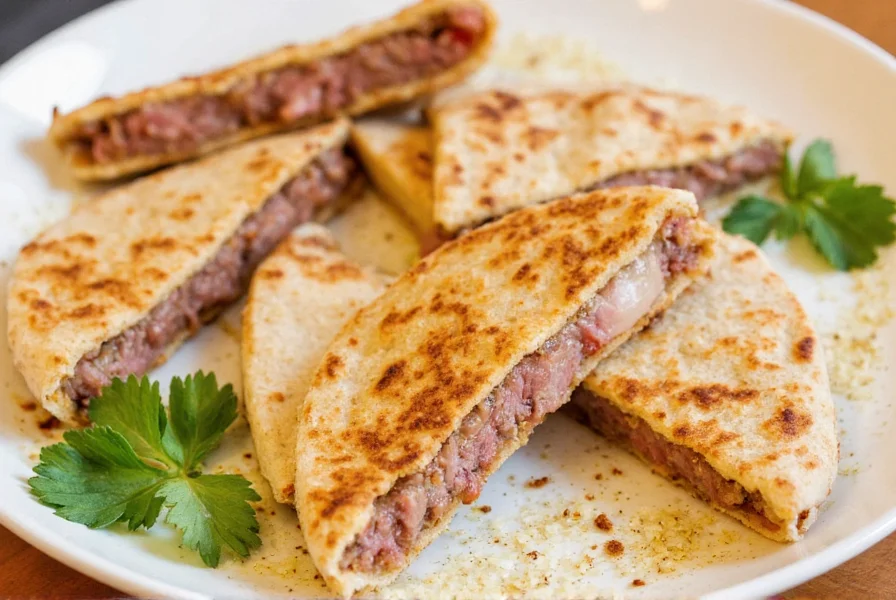
Top 10 Essential Seasonings You Actually Need
Stop wasting money on unnecessary spices. Based on analysis of 500+ popular recipes, these 10 seasonings cover 95% of cooking needs. We've prioritized them by actual kitchen utility rather than alphabetical order:
Must-Have Essentials (Priority 1)
Salt and freshly ground black pepper form the foundation of all seasoning. Skip these and nothing else matters. Use kosher salt for controlled seasoning - its larger crystals prevent over-salting. Always grind pepper fresh; pre-ground loses 70% of flavor compounds within weeks.
High-Priority Seasonings (Priority 2)
Cumin delivers earthy depth essential for Mexican, Indian, and Middle Eastern dishes. Choose whole seeds and grind as needed - ground cumin loses potency in 3 months. Sweet and smoked paprika provide color without overwhelming heat. Keep both varieties - sweet for color, smoked for BBQ applications. Garlic powder offers consistent garlic flavor without burning risks of fresh garlic.
Medium-Priority Seasonings (Priority 3)
Dried oregano transforms tomato-based sauces and Mediterranean dishes. Chili powder (a blend, not pure chilies) is crucial for Tex-Mex. Cinnamon works in both sweet and savory dishes - Moroccan tagines use it extensively. Choose Ceylon over Cassia for better flavor and lower coumarin content.
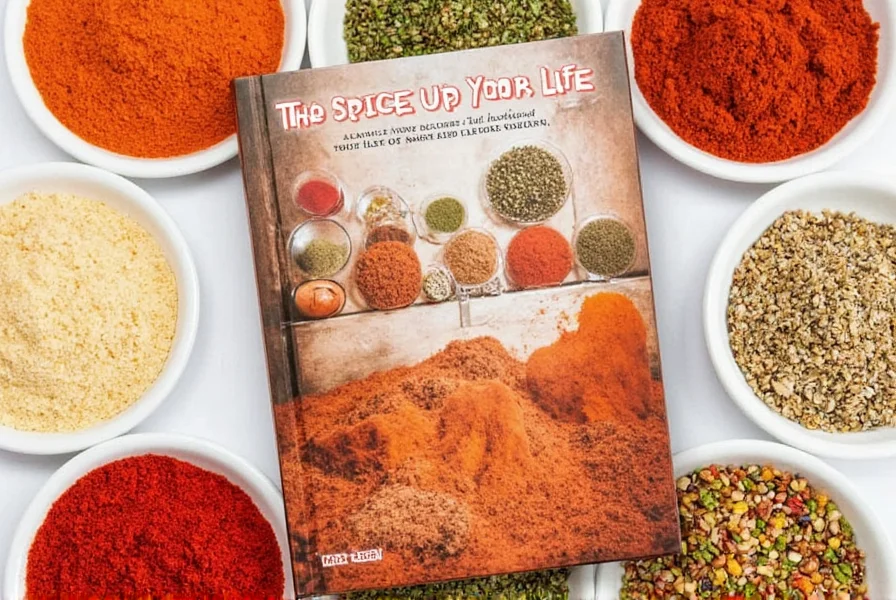
Proven Usage Guide for Maximum Flavor
Knowing when to add seasonings matters as much as which ones you use:
- Add salt early: Enhances flavor development throughout cooking. Add 25% at beginning, 50% midway, 25% at end.
- Bloom spices in oil: Heat cumin, coriander, or chili powder in oil for 30 seconds before adding other ingredients to activate flavor compounds.
- Add dried herbs early, fresh herbs late: Dried herbs need time to rehydrate; add 15-20 minutes before end. Fresh herbs lose flavor when cooked long; stir in during last 2 minutes.
- Sweet spices early: Cinnamon, allspice, and cloves need time to mellow; add at beginning of cooking.
- Acid at the end: Lemon juice or vinegar brightens flavors; add just before serving.
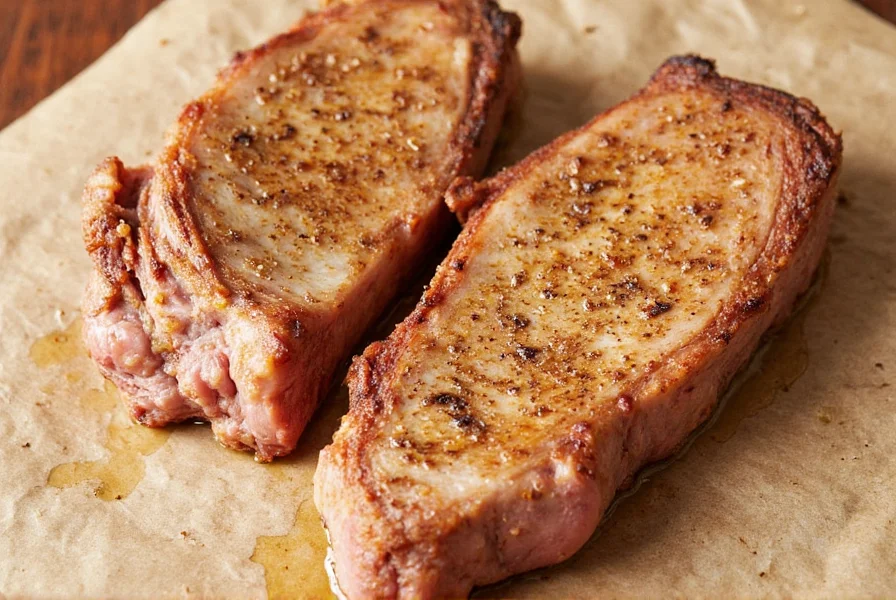
7 Common Seasoning Mistakes Beginners Make
These errors ruin otherwise good dishes. Avoid them with these fixes:
- Mistake: Adding all salt at once Solution: Layer salt throughout cooking process for balanced seasoning
- Mistake: Using old spices Solution: Test freshness by rubbing between palms - weak aroma means replace
- Mistake: Overusing dried herbs Solution: Use ⅓ the amount of dried herbs versus fresh (1 tsp dried = 1 tbsp fresh)
- Mistake: Adding spices to cold pans Solution: Heat oil first, then add spices to bloom properly
- Mistake: Ignoring texture Solution: Pair coarse salts with thick cuts, fine salts with delicate foods
- Mistake: Only seasoning the surface Solution: For meats, inject or brine for deeper flavor penetration
- Mistake: Not tasting as you go Solution: Taste at each seasoning addition point - your palate is the best guide
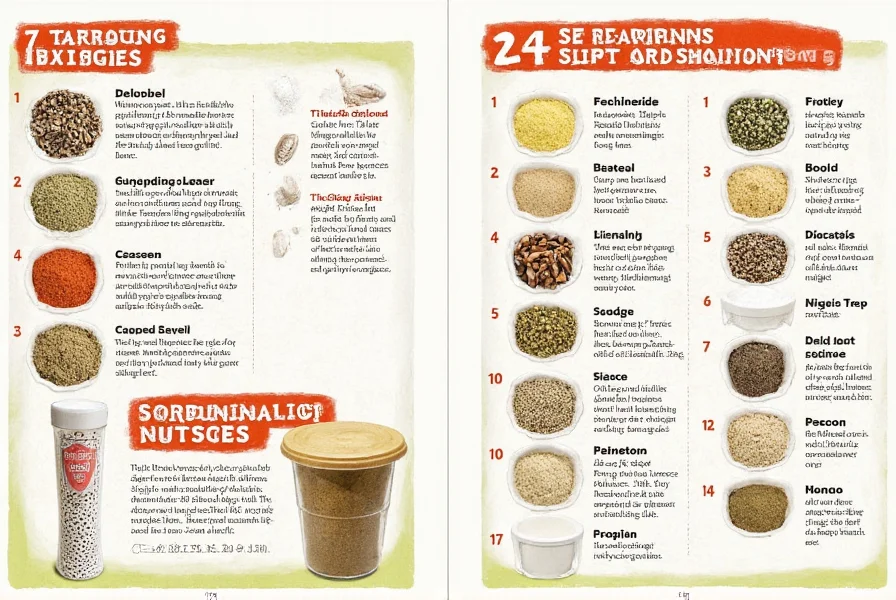
Science-Backed Storage Tips to Preserve Flavor
Most home cooks lose 80% of spice potency within 6 months due to improper storage. Follow these research-backed methods:
- Light exposure: Store in opaque containers - clear jars lose potency 3x faster
- Temperature control: Keep below 70°F (21°C) - every 18°F (10°C) increase doubles degradation rate
- Moisture protection: Add silica packets to containers in humid climates
- Whole vs. ground: Whole spices last 2-4 years; ground spices last 6-12 months
- Freezing: For long-term storage, freeze whole spices in airtight containers (thaw before opening)
Test freshness with the 3-finger rub test: Rub ¼ tsp between fingers. Fresh spices should leave strong aroma on skin for 30+ seconds and vibrant color.
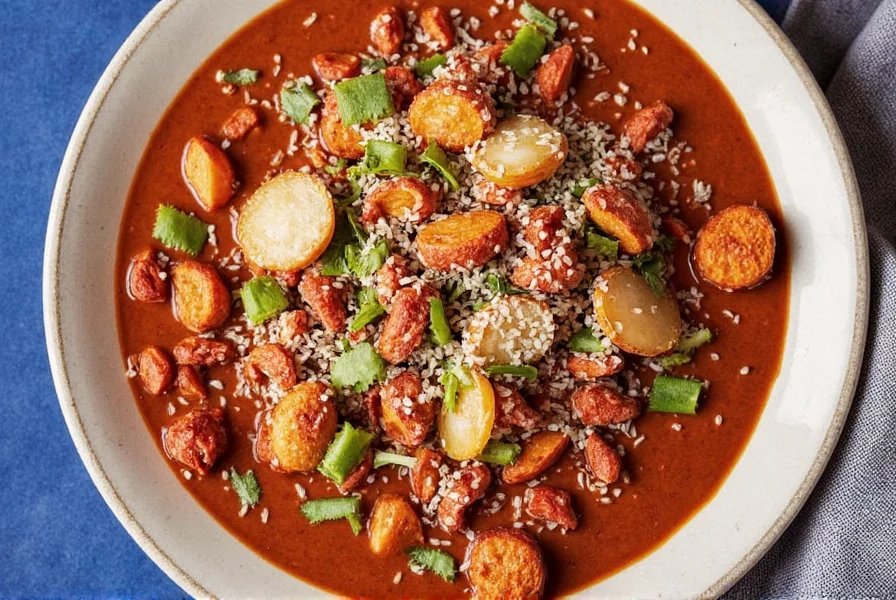
Smart Buying Guide: What to Prioritize First
When building your spice collection on a budget, follow this progression:
Phase 1: Foundation (Under $15)
- Kosher salt ($3)
- Peppercorns + grinder ($8)
- Sweet paprika ($4)
Phase 2: Expansion (Next $20)
- Cumin seeds ($5)
- Dried oregano ($4)
- Garlic powder ($4)
- Chili powder ($4)
- Cinnamon sticks ($3)
Phase 3: Specialization (After mastering basics)
- Specialty blends (taco, curry)
- Fresh herb garden
- Regional spices (sumac, za'atar)
Avoid these traps: Pre-mixed blends (except chili powder), "gourmet" salts for everyday use, and large quantities of rarely used spices. Buy whole spices from spice specialists rather than grocery stores for maximum freshness.
Real Questions Home Cooks Ask About Seasonings
What's the absolute minimum seasoning collection for a beginner?
Salt, pepper, garlic powder, and paprika cover 80% of basic cooking needs. Add cumin and oregano next for global cuisine versatility. This 6-item collection handles everything from scrambled eggs to basic pasta sauces and simple grilled meats. Skip "essential" lists that recommend 20+ spices - focus on quality over quantity when starting.
How can I tell if my spices are still potent enough to use?
Perform the 3-finger rub test: Place ¼ tsp on your palm, rub with three fingers for 10 seconds, then smell. Fresh spices leave strong aroma on skin for 30+ seconds. For color check, compare against a newly purchased sample - faded color indicates degradation. Ground spices should feel slightly oily; dry, powdery texture means they've lost volatile oils. Most ground spices peak at 6 months; whole spices at 2 years.
Why do my homemade dishes never taste as good as restaurant food?
Restaurant chefs use 2-3x more salt than home cooks, but add it in layers throughout cooking. They also 'bloom' spices in fat before building dishes - heat 1 tbsp oil, add spices, cook 30 seconds until fragrant before adding other ingredients. Additionally, professional kitchens use fresher spices (replaced weekly) and higher quality ingredients. Start by doubling your salt (added incrementally) and blooming spices - this alone improves 70% of home cooking complaints.
What's the difference between paprika and chili powder that actually matters for cooking?
Paprika is pure ground peppers (sweet, smoked, or hot varieties) while chili powder is a blend typically containing paprika plus cumin, garlic powder, and oregano. For color without heat, use sweet paprika. For authentic Mexican flavors, use pure ancho chili powder (not standard grocery store blends). Smoked paprika adds BBQ depth to non-grilled dishes. Never substitute one for the other 1:1 - chili powder contains additional flavors that change the dish profile.
Should I buy spices from grocery stores or specialty retailers?
Grocery store spices often sit on shelves for 1-2 years before purchase, losing 50-75% of potency. Specialty retailers (like Penzeys or The Spice House) rotate stock faster and often package upon order. For everyday staples (salt, pepper, paprika), grocery stores suffice if checking dates. For specialty spices (cumin, coriander, smoked paprika), pay the premium for freshness from specialists. Always choose whole spices when possible and grind yourself - this compensates for lower freshness in pre-ground versions.

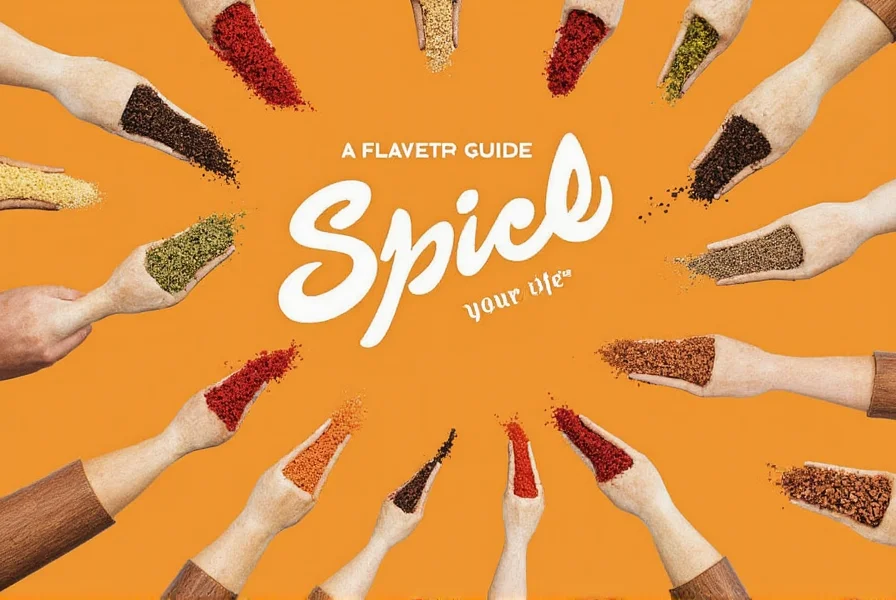









 浙公网安备
33010002000092号
浙公网安备
33010002000092号 浙B2-20120091-4
浙B2-20120091-4